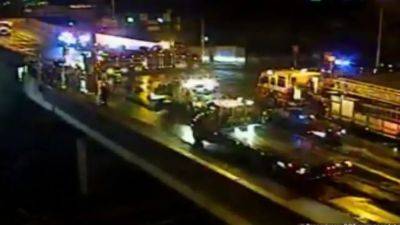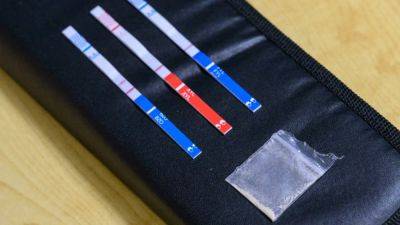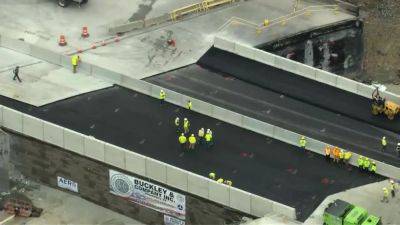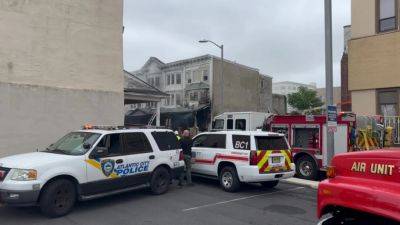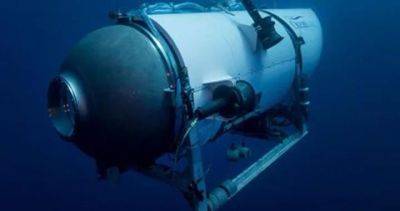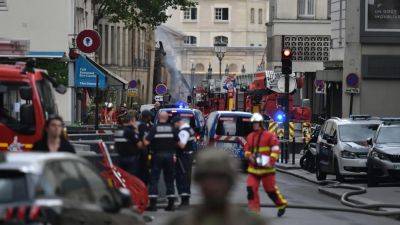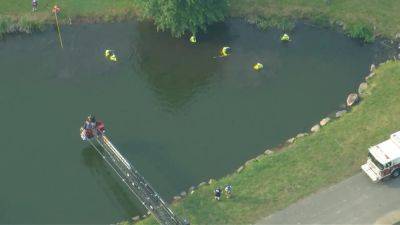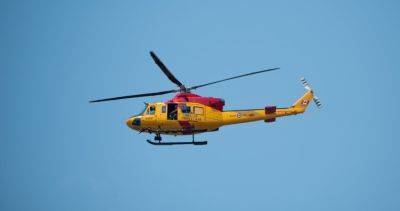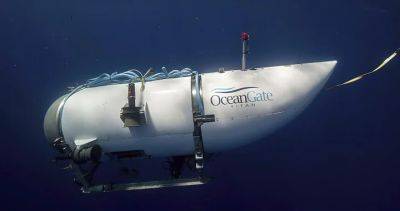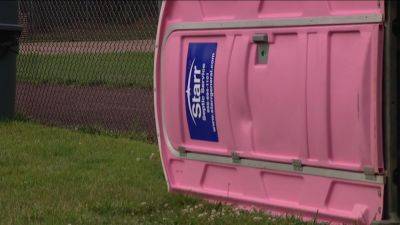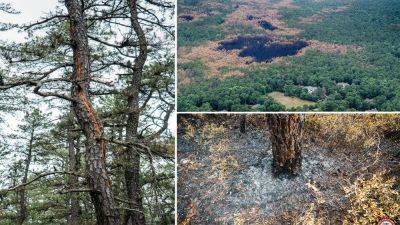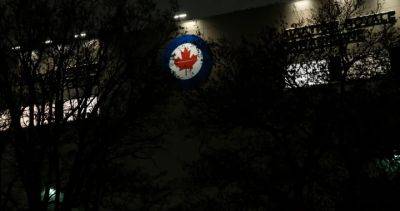New York, Northeast could see orange skies return from Canadian wildfire smoke
NEW YORK - Martian-like orange skies that eerily stopped the bustling streets of New York City last week could return this week.The culprit was spotted Thursday as northerly winds drove wildfire smoke in Canada down into the Upper Midwest.
Forecast models suggest it could now swing back into the Great Lakes and Northeast by Friday, according to the FOX Forecast Center.As of Thursday morning, there are 107 fires burning in Quebec, the province’s fire agency reported.
In northern Ontario, there are 63 active fires.SEE EERIE ORANGE SKIES OVER NEW YORK CITY AS CANADIAN WILDFIRE SMOKE BLANKETS NORTHEASTOn June 7, New York City's air quality ranked as the worst of any major city worldwide, surpassing New Delhi, India, according to a report from IQAir.
The blanket of orange skies sitting over the Big Apple resulted in hazardous air quality for millions and marked the city's worst air quality readings on record.NEW YORK AIR QUALITY: HAZARDOUS AQI LEVEL REACHED IN NYCThe low visibility also caused by the smoke shortened the depth of field, hiding a fuller view of Manhattan buildings behind a curtain of smoke.
Read more on fox29.com

